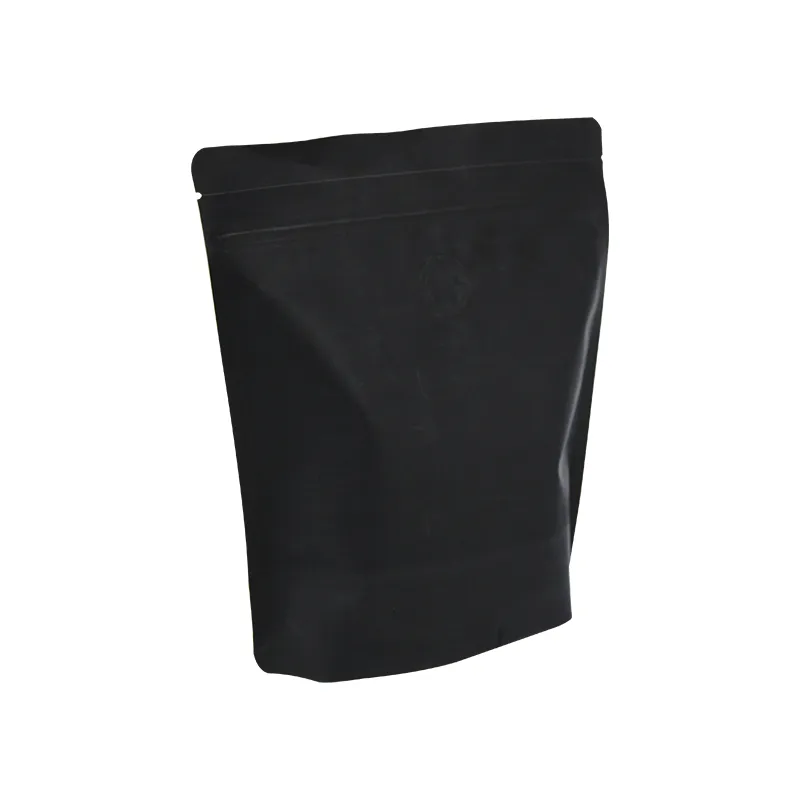- Afrikaans
- Albanian
- Amharic
- Arabic
- Armenian
- Azerbaijani
- Basque
- Belarusian
- Bengali
- Bosnian
- Bulgarian
- Catalan
- Cebuano
- chinese_simplified
- chinese_traditional
- Corsican
- Croatian
- Czech
- Danish
- Dutch
- English
- Esperanto
- Estonian
- Finnish
- French
- Frisian
- Galician
- Georgian
- German
- Greek
- Gujarati
- haitian_creole
- hausa
- hawaiian
- Hebrew
- Hindi
- Miao
- Hungarian
- Icelandic
- igbo
- Indonesian
- irish
- Italian
- Japanese
- Javanese
- Kannada
- kazakh
- Khmer
- Rwandese
- Korean
- Kurdish
- Kyrgyz
- Lao
- Latin
- Latvian
- Lithuanian
- Luxembourgish
- Macedonian
- Malgashi
- Malay
- Malayalam
- Maltese
- Maori
- Marathi
- Mongolian
- Myanmar
- Nepali
- Norwegian
- Norwegian
- Occitan
- Pashto
- Persian
- Polish
- Portuguese
- Punjabi
- Romanian
- Russian
- Samoan
- scottish-gaelic
- Serbian
- Sesotho
- Shona
- Sindhi
- Sinhala
- Slovak
- Slovenian
- Somali
- Spanish
- Sundanese
- Swahili
- Swedish
- Tagalog
- Tajik
- Tamil
- Tatar
- Telugu
- Thai
- Turkish
- Turkmen
- Ukrainian
- Urdu
- Uighur
- Uzbek
- Vietnamese
- Welsh
- Bantu
- Yiddish
- Yoruba
- Zulu
Is it measured by width and length?
Understanding the Dimensions Is it Width x Length?
When it comes to dimensions, many people often find themselves confused about the relationships between width, length, and other measurements. This confusion frequently arises in various contexts, whether in designing a room, purchasing furniture, or even in industrial applications. The question Is it width x length? can be a pivotal one in ensuring accuracy and effectiveness in our spatial planning and understanding.
To start, let's establish what we mean by width and length. In most common contexts, length refers to the longer side of an object, while width indicates the shorter side. For example, when discussing a rectangular table, the longer edge (often the one you would use when measuring from one end to the other) is designated as the length, while the shorter edge is the width. This distinction is critical in various practical applications, from architecture and interior design to textiles and packaging.
Understanding the Dimensions Is it Width x Length?
However, why does this order matter? The reason lies in standardization. In international commerce and product specifications, consistent use of terminology and order helps avoid confusion that could lead to costly errors. Imagine trusting a supplier who provided a product measuring length x width when your specifications were the opposite. It can lead not only to dissatisfaction but also to a logistical nightmare involving returns and reorders.
is it width x length

Furthermore, understanding the relationship between width and length is crucial in various practical scenarios. For instance, in landscaping, planning the width of a pathway against its length can significantly affect how the space flows and how usable it is. In textile design, if a fabric is sold as width x length, it helps the designer visualize how they will cut and manipulate the fabric for clothing or decor items.
In the realm of mathematics, understanding the implications of width and length plays a central role in geometry. For example, calculating the area of a rectangle involves multiplying the width by the length. This basic formula (Area = Width x Length) exemplifies how these two dimensions interact to create a tangible space. Whether you're a student learning geometry or a homeowner trying to determine the right amount of paint for your walls, this formula is fundamental.
Moreover, it's important to recognize that the concepts of width and length are not just limited to two-dimensional spaces. In three-dimensional contexts, like measuring a box, we add a third dimension height. Here, it's crucial to maintain clarity in how we express our dimensions. A box could be described as width x length x height, adhering to the same principle we see in two dimensions.
In conclusion, the question “Is it width x length?” is not merely a simple inquiry but a fundamental concept that underpins many aspects of our daily lives. Clarity in dimensions ensures that constructions, designs, and purchases are carried out successfully, leading to satisfactory outcomes. Whether you're an architect, a teacher, a student, or simply a homeowner, understanding the significance of width and length—and their proper notation—can help you navigate the complexities of measurement with confidence. So next time you consider dimensions, remember the importance of clarity and precision in width x length discussions. It might just save you a few headaches down the road!













